Removal Procedure
Tools Required
J 34730 Fuel Pressure Gauge
Caution: Fuel Vapors can collect while servicing fuel system parts in enclosed
areas such as a trunk. To reduce the risk of fire and increased exposure to
vapors:
• Use forced air ventilation such as a fan set outside
of the trunk. • Plug or cap any fuel system openings in order to reduce fuel vapor
formation. • Clean up any spilled fuel immediately. • Avoid sparks and any source of ignition. • Use signs to alert others in the work area that fuel system work
is in process.
Caution: Provide proper ventilation when working with fuel in enclosed areas where fuel vapors can collect. The lack of adequate ventilation may result in personal injury.
Caution: Always wear safety goggles when working with fuel in order to protect the eyes from fuel splash.
Notice: Clean all of the following areas before performing any disconnections
in order to avoid possible contamination in the system:
• The fuel pipe connections • The hose connections • The areas surrounding the connections
Notice: Do Not handle the fuel sender assembly by the fuel pipes. The amount of leverage generated by handling the fuel pipes could damage the joints.
- Relieve the fuel system fuel pressure. Refer to the Fuel Pressure Relief .
- Drain the fuel tank (1) to at least 3/4 of a tank full. Refer to Fuel Tank Draining .
- Remove the fuel sender assembly. Refer to Fuel Sender Assembly Replacement .
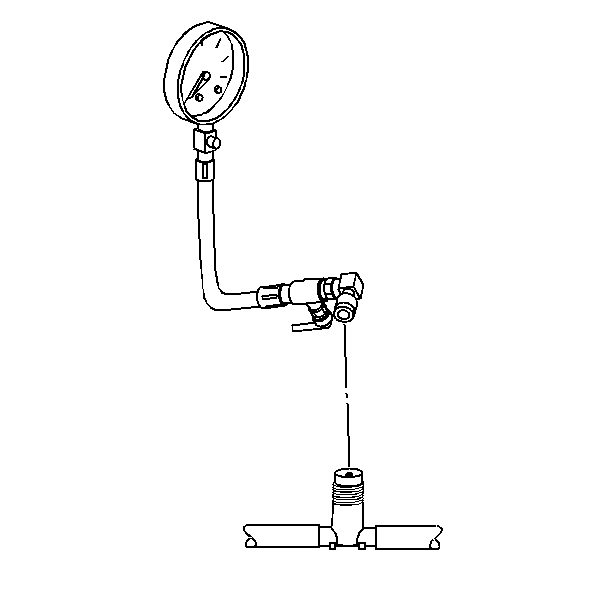
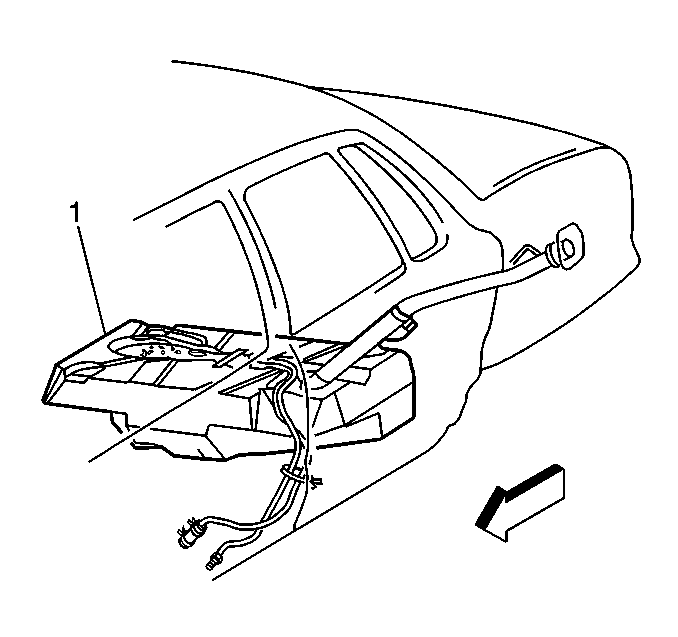
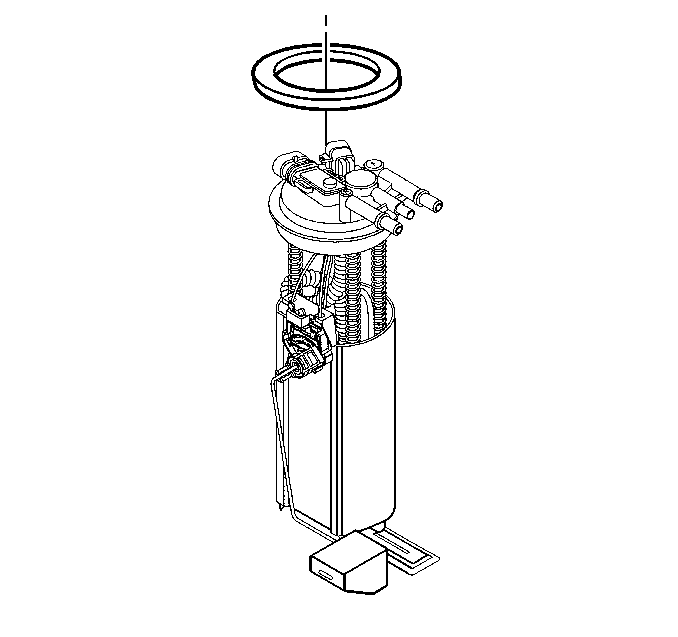
Important: The modular fuel sender support assembly will spring-up when the locking ring is moved.
Disassemble Procedure
- Note the position of the fuel sender strainer for installation (4).
- Support the reservoir with one hand and grasp the fuel sender strainer with the other hand.
- Pull the fuel sender strainer off of the fuel sender assembly.
- Inspect the fuel sender strainer. If the fuel sender strainer is contaminated, the fuel tank should be cleaned. Refer to Fuel System Cleaning .
- Discard the fuel sender strainer after inspection.
- Disassemble the electrical connectors from the sensor assembly of the fuel pump and the cover assembly.
- Disassemble the fuel level sensor assembly.
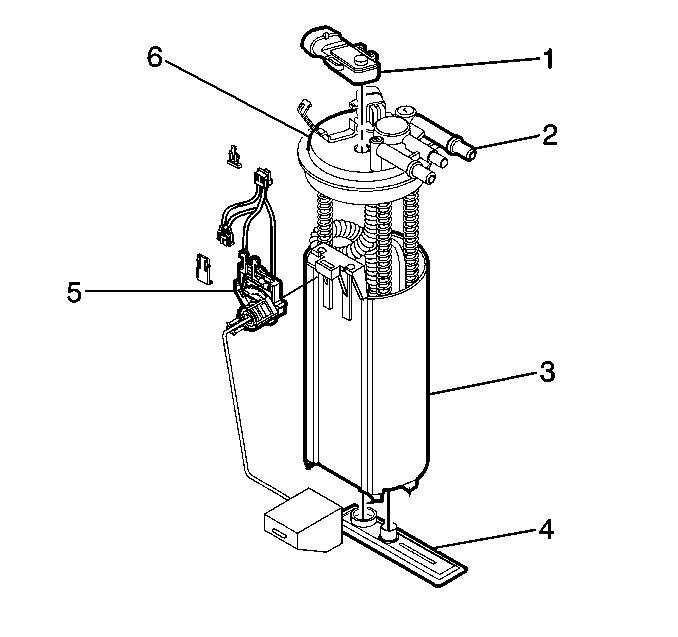
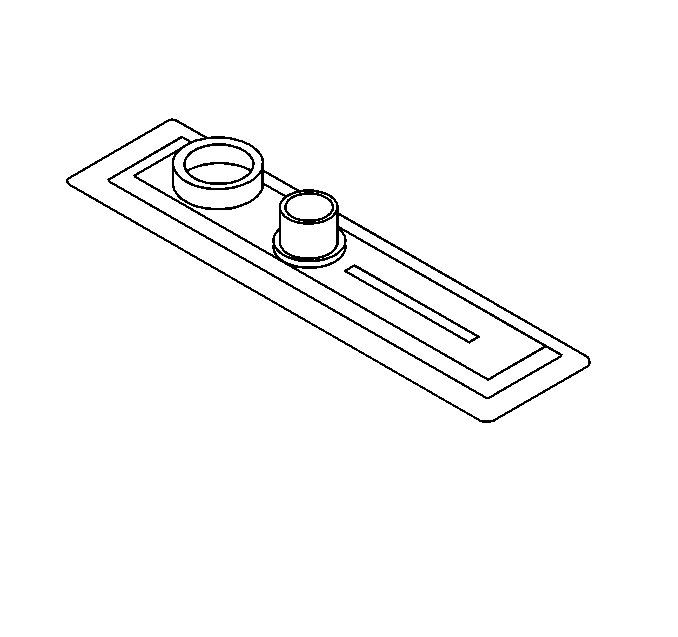
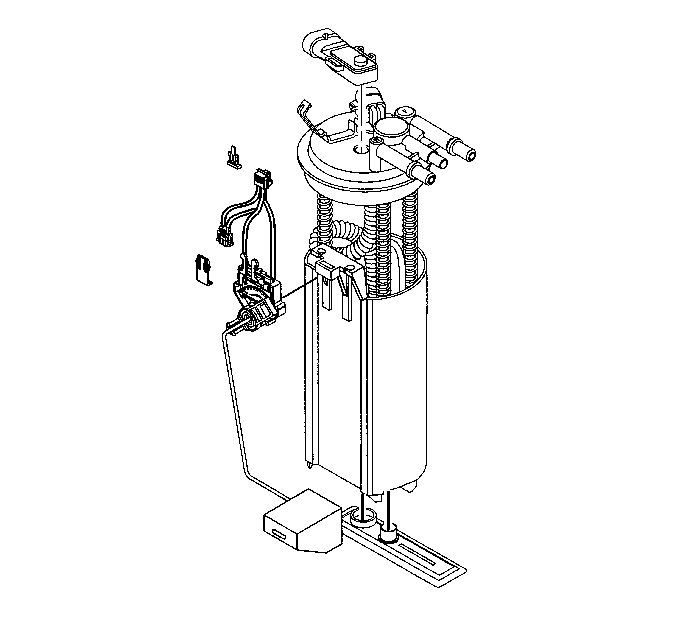
Assemble Procedure
- Assemble the fuel level sensor assembly.
- Connect the electrical connectors to the fuel pump and the cover assembly.
- Assemble the rubber pad on the bottom of the modular fuel sender.
- Position the new fuel sender strainer on the modular fuel sender and push on the outer edge of the fuel sender strainer until the fuel sender strainer is fully seated.


Installation Procedure
- Reinstall the fuel sender assembly. Refer to Fuel Sender Assembly Replacement .
- Add fuel to the fuel tank.
- Reinstall the fuel tank filler pipe cap (1).
- Connect the negative battery cable. Refer to Battery Negative Cable Disconnection and Connection in Engine Electrical.
- Inspect for fuel leaks.
- Install the fuel sender access panel.
- Reinstall the rear compartment floor trim (1). Refer to Rear Compartment Trim Panel Replacement in Body Rear End.
- Reinstall the spare tire cover, the jack, and the spare tire.
- Reinstall the rear seat cushion. Refer to Rear Seat Cushion Replacement in Seats.
- Install the intake manifold sight shield.

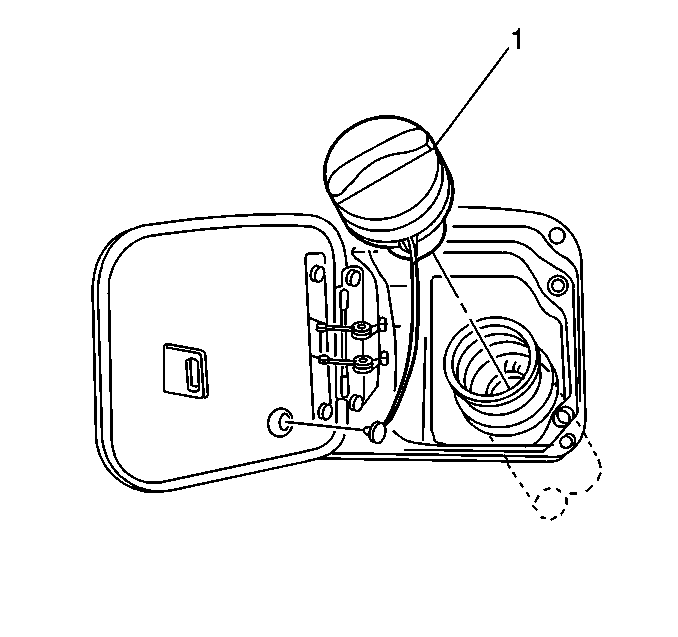
| 5.1. | Turn the ignition switch ON for 2 seconds. |
| 5.2. | Turn the ignition switch OFF for 10 seconds. |
| 5.3. | Turn the ignition switch ON. |
| 5.4. | Check for fuel leaks. |
Notice: Use the correct fastener in the correct location. Replacement fasteners must be the correct part number for that application. Fasteners requiring replacement or fasteners requiring the use of thread locking compound or sealant are identified in the service procedure. Do not use paints, lubricants, or corrosion inhibitors on fasteners or fastener joint surfaces unless specified. These coatings affect fastener torque and joint clamping force and may damage the fastener. Use the correct tightening sequence and specifications when installing fasteners in order to avoid damage to parts and systems.

Tighten
Tighten the fuel sender access panel bolts to 2 N·m (18 lb in).
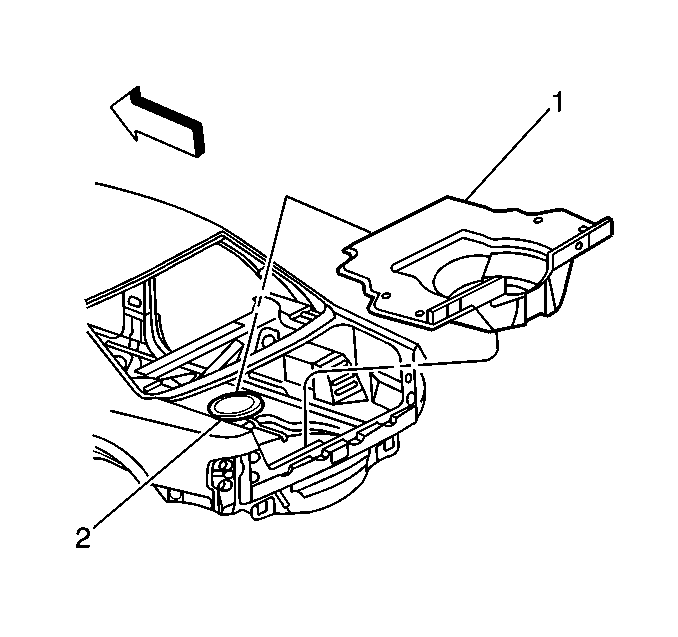
Tighten
Tighten the nuts to 3 N·m (27 lb in).
